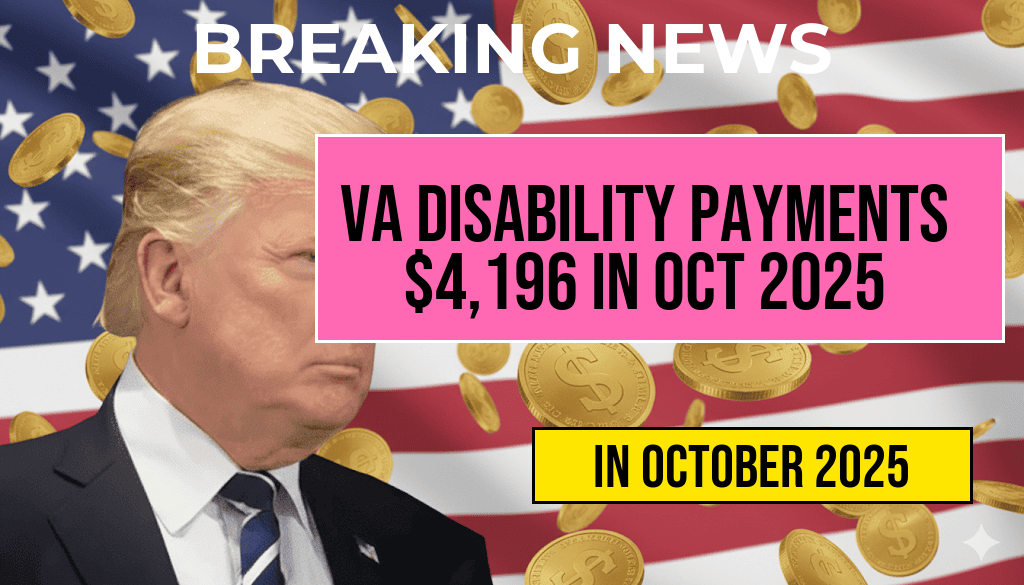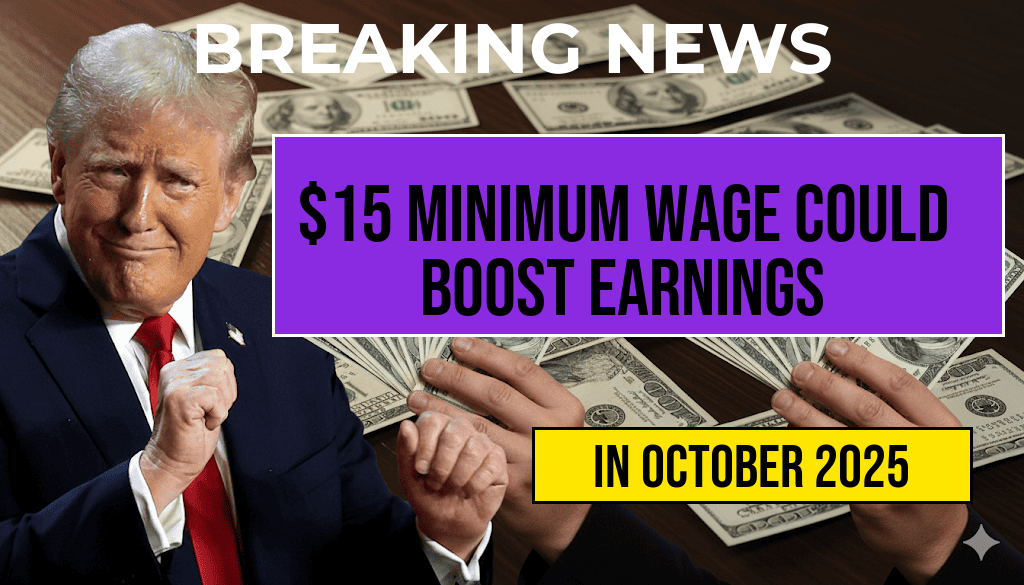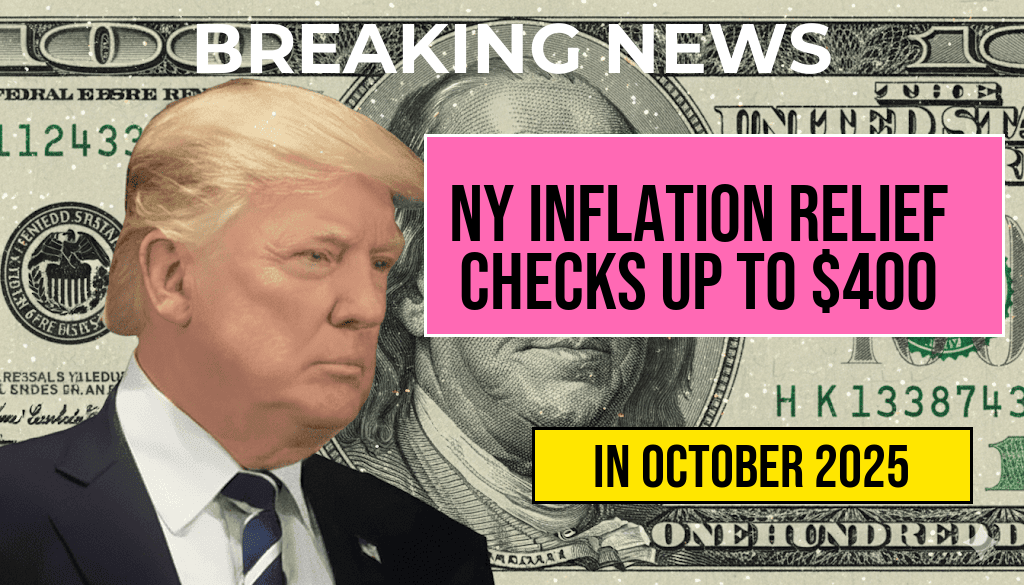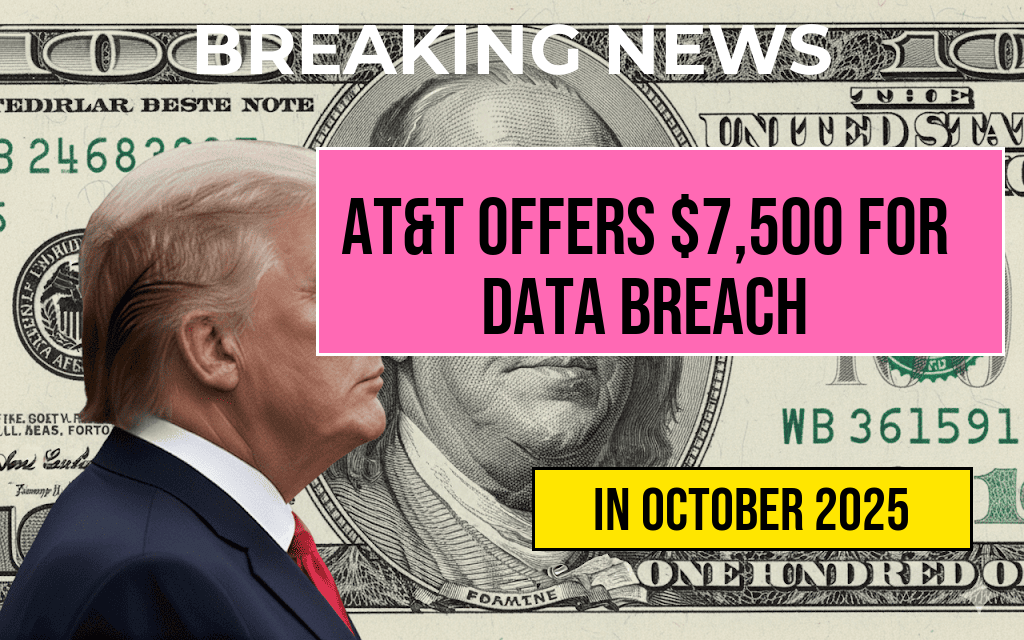A proposed increase of the federal minimum wage to $15 an hour could significantly impact the earnings of millions of American workers, according to recent analyses. If enacted, this change has the potential to boost the average annual income for approximately 32 million workers by around $3,300. These figures highlight both the economic benefits for low-wage employees and the broader implications for the U.S. labor market, prompting ongoing discussions among policymakers, business leaders, and workers alike.
Projected Economic Impact of a $15 Federal Minimum Wage
Current federal minimum wage stands at $7.25 per hour, a rate established in 2009. Advocates for increasing the wage argue that many workers struggle to meet basic living expenses on this level, especially in high-cost urban areas. The proposed increase to $15 would nearly double the current federal baseline, potentially elevating the income of millions of low-wage earners and reducing poverty rates.
Number of Workers Affected
- Approximately 32 million workers earn wages at or below $15 per hour, according to estimates by the Congressional Budget Office (CBO).
- This group includes a significant share of part-time workers, young adults, and employees in hospitality, retail, and other service sectors.
- Many of these workers are currently earning just above the federal minimum, meaning the wage hike could lift their pay closer to or above the new threshold.
Estimated Earnings Increase
| Number of Workers | Average Hourly Wage | Additional Annual Income per Worker |
|---|---|---|
| 32 million | $10.00 | $3,300 |
This calculation assumes a typical work schedule of 40 hours per week, 52 weeks per year, with wages increasing from an average of $10 to $15 per hour. The resulting $3,300 annual boost represents a meaningful uplift for workers who currently earn near the minimum wage, potentially helping them cover essentials such as housing, healthcare, and transportation.
Potential Broader Economic Effects
Reduced Poverty and Income Inequality
Raising the minimum wage could lead to a decrease in poverty levels among working families. The Economic Policy Institute (EPI) estimates that increasing the wage floor to $15 could lift roughly 1.3 million people out of poverty. Moreover, the increase could narrow income disparities, especially in regions where low-wage employment is prevalent.
Impact on Employment and Business Operations
Critics warn that a significant wage hike might result in reduced employment opportunities, particularly for low-skilled workers or those in small businesses struggling to absorb increased labor costs. However, recent studies suggest that moderate wage increases do not necessarily lead to widespread layoffs, especially when accompanied by productivity gains and consumer spending boosts.
Regional Variations and Cost of Living
The effect of a $15 minimum wage would vary across different states and metropolitan areas. Urban centers with high living costs, such as New York City or San Francisco, could see more substantial benefits and challenges, whereas regions with lower costs of living might experience less pronounced economic shifts.
Policy Considerations and Future Outlook
Implementing a federal minimum wage increase involves complex legislative and economic considerations. Some lawmakers advocate for a gradual phase-in over several years to allow businesses to adapt, while others push for immediate implementation. The debate also encompasses concerns about inflation, automation, and regional wage disparities.
States and cities often set their own minimum wages, with many exceeding the federal level. For instance, California and Washington have minimum wages well above $15, reflecting local economic conditions. The federal increase could serve as a baseline, encouraging further regional adjustments.
Resources and References
- Minimum wage in the United States – Wikipedia
- Forbes: What a $15 Minimum Wage Could Mean for Millions of Workers
- Congressional Budget Office: The Effects of a Minimum-Wage Increase on Employment and Family Income
Frequently Asked Questions
What is the proposed increase in the federal minimum wage?
The proposed increase suggests raising the federal minimum wage to fifteen dollars per hour.
How many workers could benefit from the $15 minimum wage increase?
Approximately thirty-two million workers could see their annual earnings boosted by an average of three thousand three hundred dollars.
What is the expected impact on average annual earnings?
The increase in the federal minimum wage could lead to an average annual earnings boost of about $3,300 for eligible workers.
Which workers would be most affected by the wage increase?
Low-wage workers earning near the minimum wage are expected to benefit the most from the proposed $15 wage increase.
What are the potential economic benefits of raising the federal minimum wage?
Raising the federal minimum wage to $15 could improve living standards, increase consumer spending, and reduce poverty among millions of workers.










